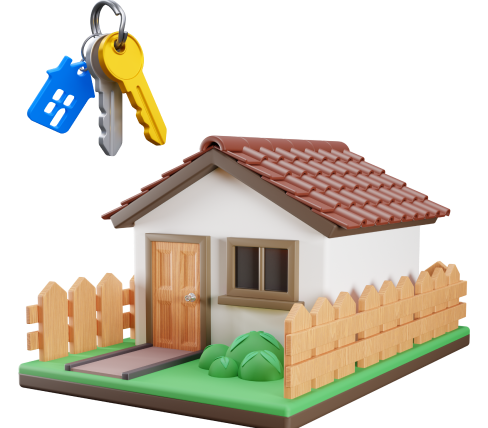What Are The Economic Influence of Rental Assistance on Landlords and Housing Markets
With the increasing emphasis on providing stable housing options for low-income families, rental assistance programs are becoming a linchpin in the housing industry.
These initiatives not only empower renters but also significantly influence the roles and financial health of landlords, as well as the overall behavior of local housing markets.
For stakeholders in rental housing, understanding these effects is key.
Must Read: Understanding Rental Assistance: A Comprehensive Guide
Advantages for Landlords
Participation in rental assistance programs can bring a plethora of benefits to landlords, some of which include:
- Consistent and Guaranteed Income: Programs like these guarantee landlords steady rent payments, ensuring a stable cash flow despite economic fluctuations.
- Lower Risk of Rent Default: With the financial aspect secured by the program, landlords experience fewer instances of unpaid rent.
- Increased Possibility of Long-Term Tenancies: Families benefitting from rental assistance are less likely to move frequently, promoting longer tenancy agreements and reduced vacancy rates.
While the benefits are impactful, landlords may encounter certain hurdles.
Challenges Landlords Face
While beneficial, the integration into rental assistance programs can come with its set of challenges:
- Increased Paperwork: The process can be laden with paperwork and complex administrative tasks.
- Payment Timing Issues: Occasional delays in payment can disrupt the expected cash flow.
- Regular Property Inspections: Compliance with the program requires properties to meet and maintain certain standards, necessitating regular inspections.
Impact on Local Housing Markets
The introduction of rental assistance programs has noteworthy implications on local housing economies. These programs create a stable living environment which helps in establishing a baseline of community stability, enhancing stability for renters.
Depending on the area, these programs can either increase or stabilize rental prices, leading to variable effects on rental prices.
Additionally, improved stability and reduced turnover contribute to enhancing the desirability of neighborhoods, which can positively affect property values and influence neighborhood appeal.
Broader Financial Implications
The influence of rental assistance programs extends beyond the immediate impact on landlords and markets:
- Economic Safety Net for Landlords: During financial downturns, these programs sustain landlords with consistent rental income.
- Boosts Local Economies: Stable residential environments support local businesses and services, bolstering the economy.
- Preserves Affordable Housing Stock: Continual support from these programs aids in maintaining a steady supply of affordable housing.
The Road Ahead: Challenges and Future Prospects
Despite their advantages, rental assistance programs must address several ongoing challenges:
- Balancing Needs and Participation: It’s vital to mitigate the complexity of program requirements to encourage more landlords to participate.
- Market Distortions: Monitoring the housing market for potential disturbances due to large-scale application of these programs is crucial.
- Fair Distribution of Benefits: Ensuring the program’s benefits reach the most vulnerable without bias remains a priority.
Takeaway
More than just a financial aid for renters, rental assistance programs are sculpting the economic and social landscape of housing sectors across the nation.
By ensuring that needs of all parties—tenants, landlords, and the broader community—are met, these initiatives are pivotal for sustainable growth and stability in the housing market.
The evolution of these programs requires continuous evaluation and adjustment to serve the ever-changing needs of the housing sector.
-
Find more housing assistance and tips here:









